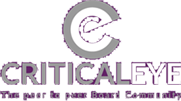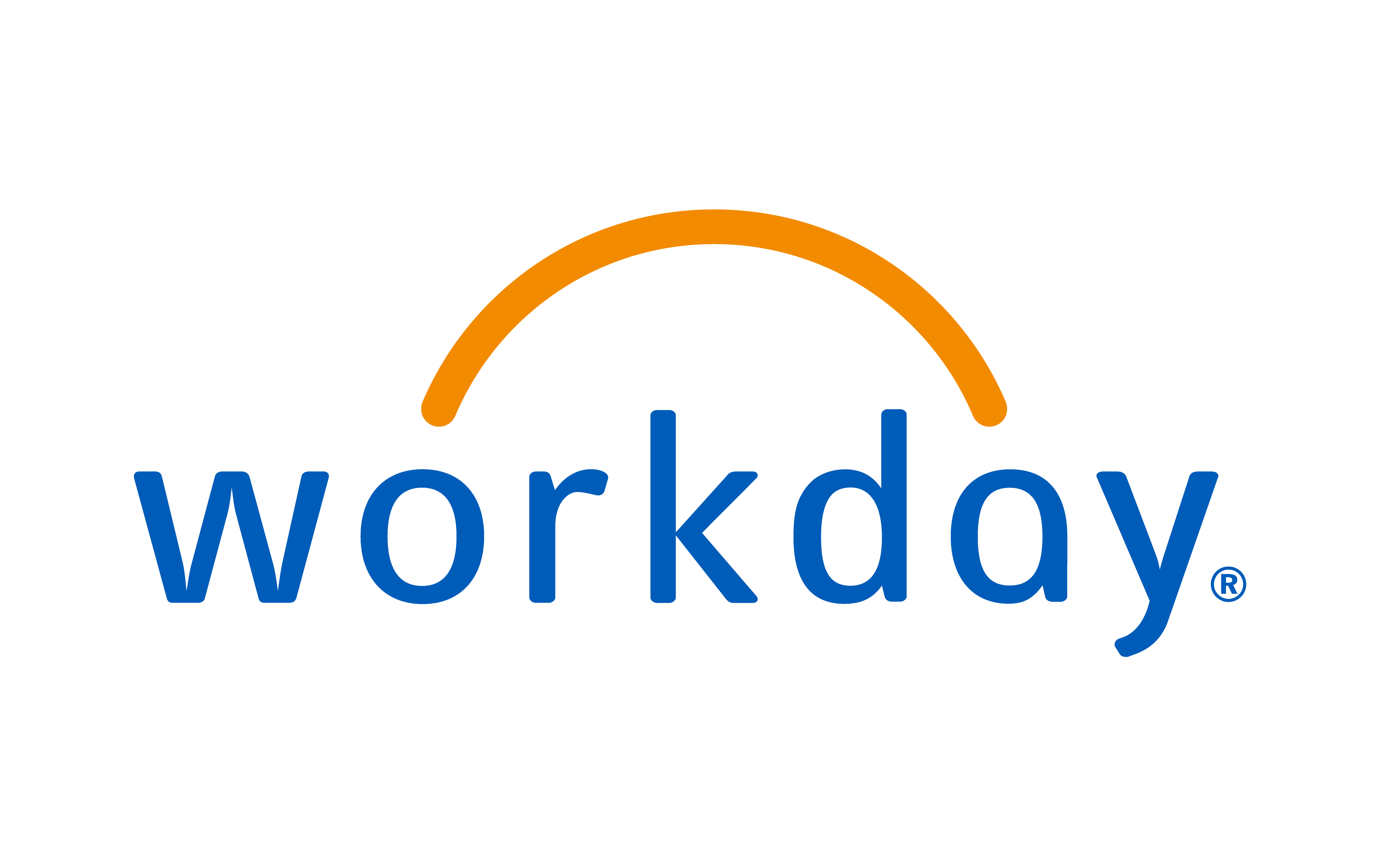
The spotlight on gender inequality in the boardroom is important as such glaring imbalances need to be addressed, but in no way should the focus on diversity end there. To perform to the highest level, businesses require a rich mix of people so that insight is coming from those whose age, race, social background, gender and range of skills and experience are different.
Put another way, if your leadership team is resolutely male, pale and stale, you’re going to struggle. Criticaleye spoke to a range of successful female executives and non-executive directors to get their views on the gender debate, diversity, and where they believe the real, systemic problems lie.
Vanda Murray, Criticaleye Board Mentor and Non-executive Director at construction and support services company Carillion, comments: “The issue of gender absolutely needs to be addressed. We’ve got more female graduates coming through the education system and yet… they just drop off as they go up the management ladder for all kinds of reasons… But I think many men, who are leaders in organisations, believe they’re going because of children… Exit polls show that this is not always the case.”
A lack of flexibility or perceived lack of opportunity, continues Vanda, are other reasons for women to leave. Unconscious bias in organisations was also identified by those speaking to Criticaleye as an issue when it came to interviewing, promoting and simply communicating on a day-to-day basis.
Anne Stevens, Vice President for People & Organisation at Rio Tinto Copper, says: “There is still a huge amount of unconscious bias in respect to female leaders in many businesses. Leaders typically recruit in their own image... so, if a leader’s got a certain style they often let their own unconscious bias come to the fore and end up recruiting somebody just like themselves...
“Furthermore, some of the attributes that we often associate with potential, so, for example, aggression, assertion... delivering the bottom line at all costs, are typically male traits and, quite frankly, if we believe that this is what makes a good board, then we are never going to get a good balance in the boardroom or anywhere else for that matter.”
It means being brave enough to tackle entrenched attitudes and stereotypes. Alison Carnwath, Chairman of commercial property and investment company Land Securities Group, says: “I think the key barrier is whether women want to get to the top of the sort of organisations that have been mostly run by men in the past, where they’ve been run along male lines, male cultures. A lot of women self-select out of this because they just don’t particularly like that work environment.”
Jane Furniss, Criticaleye Board Mentor and Deputy Chair of homeless charity Crisis, says: “The really important thing is that we invest more in helping women lower down the organisation to overcome the barriers that are undoubtedly there, give them lots of opportunities to learn about situations that they are not familiar with and take some risks. As a leader you really need to encourage people to put themselves in those situations and provide a safety net where they can make mistakes and learn from them.”
Pride and prejudice
The context for discussing diversity has to be broader than gender alone. Therese Procter, Project Manager for Personnel at TESCO Bank, says: “Diverse teams are more creative, they see potential problems and opportunities much more quickly, and they make the robust internal challenges which avoid some of the self-sustaining negative behaviours we witnessed in the banking crisis.”
Tea Colaianni, Group HR Director at Merlin Entertainments Group and a Non-executive Director at discount retailer Poundland, says: “Every organisation needs somebody who takes responsibility and is accountable for promoting the gender or broader diversity agenda.
“You need to have an individual who challenges the assumptions, biases or old ways of thinking. And without someone taking ownership for that, little progress will be made. There are always people in an organisation that might feel very strongly about these things and you just need to identify and empower them.”
Hayley Tatum, Executive People Director at retailer Asda, says: “We use talent ambassadors across the business to assist and guide business leaders around how they recruit, select, develop, coach and mentor future leaders. We focus on developing women and other under-represented groups throughout the organisation in order to strengthen and develop our executive pipeline, which means that at the point when jobs become available, the pool from which we are able to select is richer and more diverse than it would have been.”
Mentors and coaches were identified as crucial for helping to develop and nurture people. Vanda comments: “If you really want to drive diversity, both in terms of gender and ethnicity, then you’ve got to identify role models in the company. You’ve got to give them some publicity, particularly in operational and management roles – not just in HR because that’s just the same old, same old. I think you’ve got to put talent programmes and diversity programmes in place to drive the change.”
Tipping point
A lot of lip-service to diversity continues to be played by many executives and NEDs (certain sectors are far more progressive than others). It’s why the context for the discussion has to be absolutely right. In recent times, there has been a tendency to emphasise the need for diversity of skills and experience in businesses, without giving due consideration to addressing inequalities around sex, race, class and so on – as if they are somehow mutually exclusive.
Again, the central point to bear in mind is that if you have a culture which can attract people from the widest possible talent pool, and that has a structure which allows them to develop skills and reach their full potential, this will be of direct benefit to a business and its long-term performance.
In the UK, the report spearheaded by Lord Davies, Women on Boards, which was launched in 2011, has done a great deal of good in raising awareness around gender inequality. Over the last three years, female representation on FTSE 100 boards has gone from 12.5 to 20.7 per cent with the aim of hitting 25 per cent by 2015.
More now needs to be done to widen the terms of debate. Samantha Barber, Non-executive Director at electricity company Iberdrola, says: “We could achieve some targets and yet miss the point completely because, actually, it’s about bringing on more women and more people from diverse professional backgrounds in different positions within business. And that’s a different challenge from the gender boardroom target.”
Alison comments: “It is the broader diversity issue that’s important, which means not just focusing on gender inequality. Effectively, Davies has focused on something where there was inequality before and boards were blind to the necessity to incorporate a business model that would allow females to thrive.”
It’s up to companies themselves to keep track of progress. Melanie Richards, Partner and Member of the UK Board at KPMG, comments: “The single biggest thing that the Davies Report has shown is that what you measure gets done. The more businesses create targets and measure themselves on their achievements, the more they are likely to see real results coming through.”
The great thing is that companies have it within their power to make the changes necessary to create a level-playing field.
All it needs is commitment and a little vision.
I hope to see you soon.
Matthew
www.twitter.com/criticaleyeuk










 (002).png)















